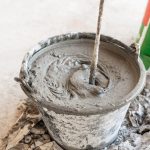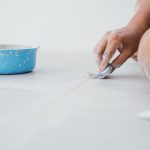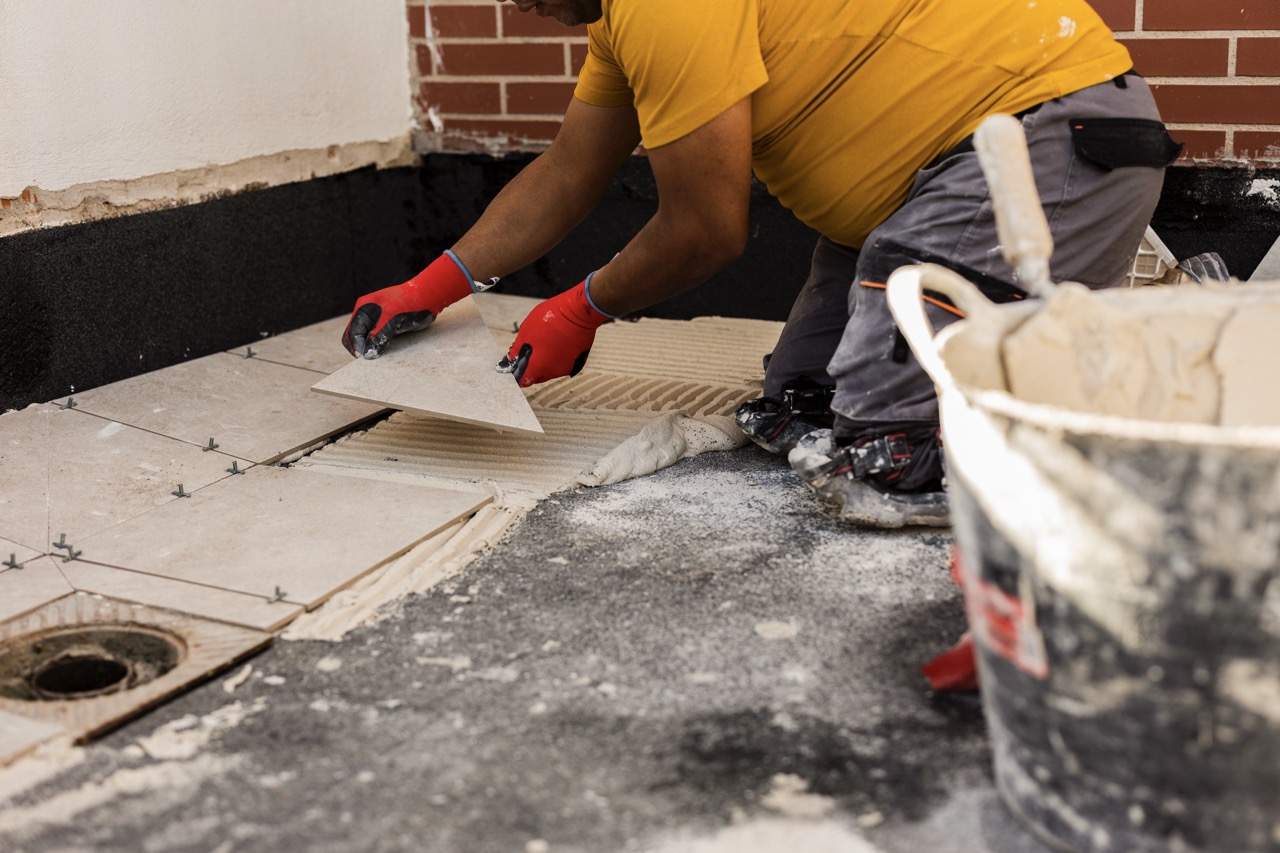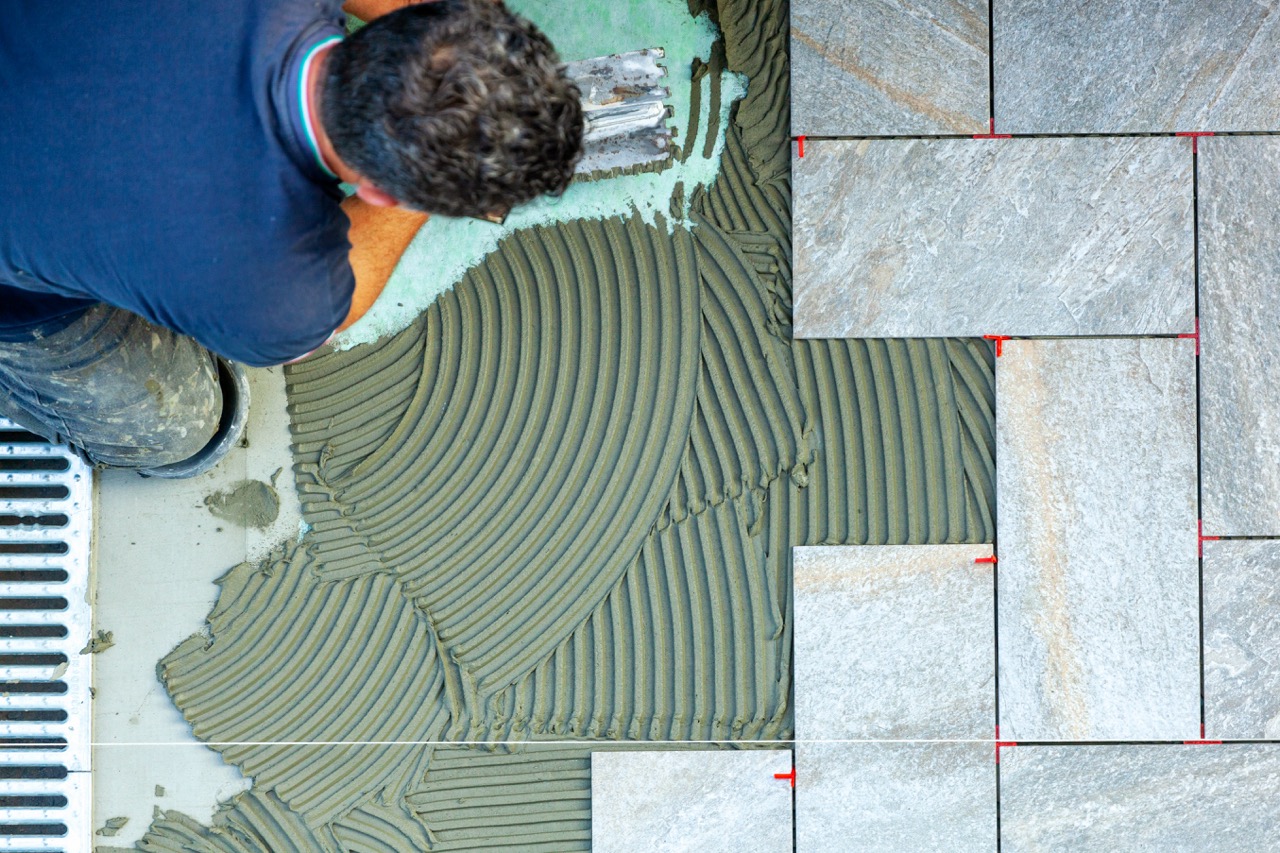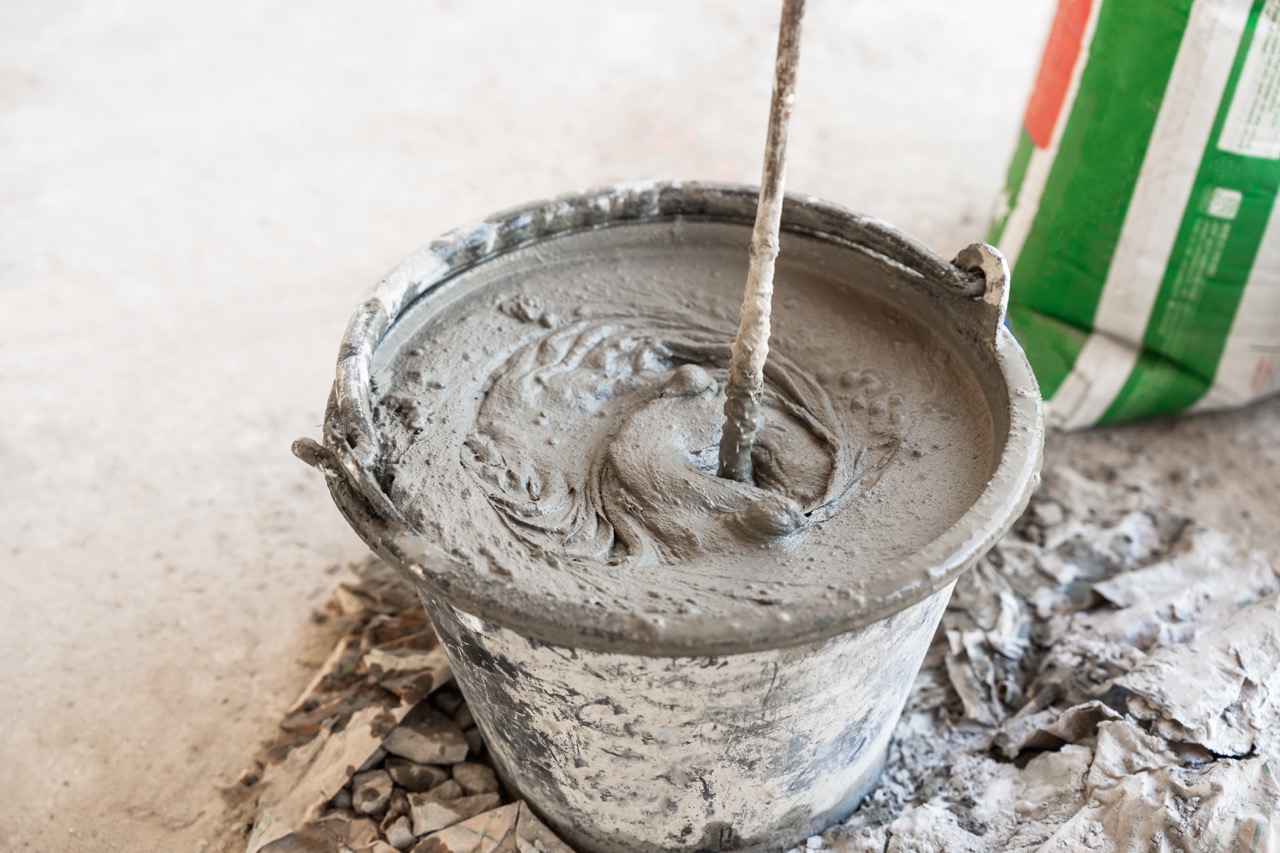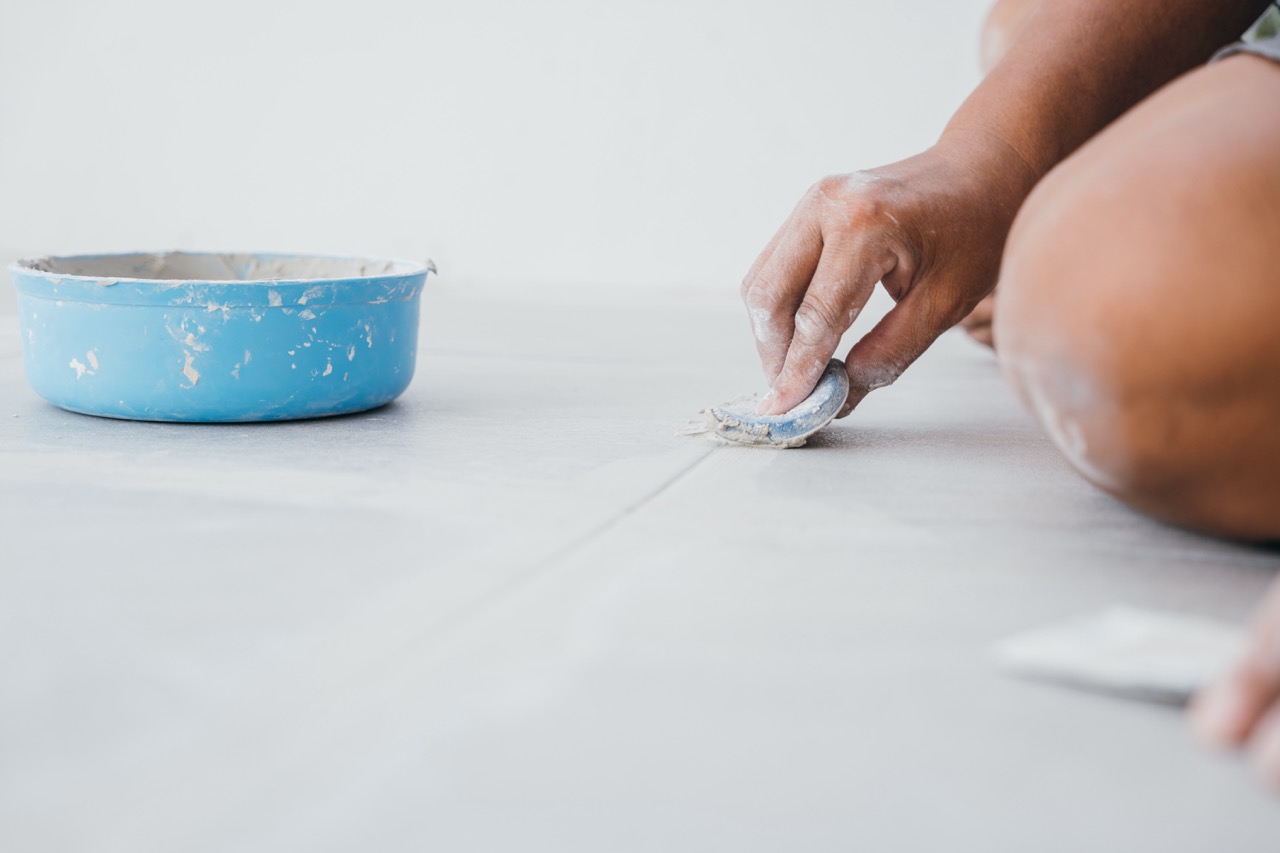Refreshing your shower walls doesn’t always mean a costly remodel or hiring a professional tiler. One of the simplest ways to instantly brighten up a bathroom is by using grout pens—a budget-friendly DIY solution that works wonders on tired or discolored grout. Many homeowners wonder: Can grout pens be used on shower walls? The short answer is yes, and with the right prep and care, they can transform your tiled space into something fresh and inviting. In this guide, you’ll learn why grout pens are such a practical option for shower tiles, how to prepare your surface, the step-by-step process to use them effectively, and how to maintain the results for the long haul.
Why Grout Pens Work Well on Shower Wall Tiles
Grout pens are designed to recolor and refresh the look of grout lines without the need for scraping out old material or re-grouting—both of which can be time-consuming and challenging for the average DIYer. They essentially act like a paint marker, filling in discolored or stained grout lines with a fresh coat of color. This is especially beneficial in bathrooms, where soap scum, hard water, and daily use leave grout looking dingy.
On shower walls in particular, grout pens are a game-changer because they work vertically and in moisture-prone areas, instantly reviving the tiled surface. Unlike some grout solutions, these pens dry waterproof once cured, allowing them to hold up well against the daily exposure your shower faces. Not only do they brighten tired tiles, but they also help create a uniform appearance, making an older shower look much newer.
It’s worth noting that grout pens don’t replace damaged grout, but they are a fantastic cosmetic fix. For grout that is still structurally sound but unattractive, a pen gives you the “like-new” look without messy demolition. Think of it as a low-cost facelift—perfect for homeowners, renters, or anyone not ready for major renovation work.
Preparing Your Shower Walls for Grout Pen Success
Before using a grout pen, preparation is everything. To achieve the best results, your shower walls need to be clean, dry, and free from soap residue. Grout lines especially collect layers of grime, so scrubbing them thoroughly with a grout cleaner or a mix of baking soda and vinegar is an excellent first step. This ensures the pen adheres properly and provides an even color application.
After cleaning, make sure the surface is completely dry. Even though grout pens are waterproof once set, they won’t stick properly to damp grout. A quick tip is to let the walls dry overnight before starting your project. Skipping this step could lead to patchy application or peeling, both of which shorten the lifespan of your efforts.
Lastly, inspect your grout. If there are cracks, chips, or missing pieces, consider repairing them with grout filler before using your pen. This not only makes your work look more polished but also prevents moisture issues in the future. A grout pen won’t fix structural damage, but when the grout lines are in decent shape, it really shines as a cosmetic upgrade.
Step by Step: Applying Grout Pens Like a Pro
- Shake the pen well to mix the color evenly. Some grout pens require you to press the nib to release ink, so follow the instructions carefully.
- Work in small sections, running the pen smoothly along each grout line. Don’t worry if some color gets on the tile—it wipes away easily with a damp cloth before it dries.
- Layer if needed. Heavily discolored grout may need two coats for full coverage. Just let the first coat dry fully before applying the second.
As you go, keep a damp cloth handy to quickly wipe off excess from the tiles. This not only ensures a crisp, neat finish but also prevents unnecessary streaks. If your pen nib starts to wear down from rougher grout lines, most products allow you to flip or replace the tip for better precision.
Patience is key when working on larger shower walls. Take breaks to ensure straight lines and avoid rushing through. The process is surprisingly satisfying—many DIYers find the instant transformation motivating to keep going. Once complete, step back, and you’ll be amazed at how bright and clean your shower looks.
Long-Lasting Results and Care Tips After Refreshing
After applying your grout pen, allow the walls to cure properly. Most pens dry to the touch within hours but may require a full day to fully set before exposing them to heavy water use. Giving them adequate drying time ensures the waterproof finish holds up.
To extend the life of your refreshed grout lines, adopt some simple maintenance habits. Wiping down shower walls after use helps reduce water spots and soap buildup. You don’t need fancy cleaners—just a microfiber cloth or squeegee keeps tiles and grout looking fresh. Harsh chemicals should be avoided because they can wear down the pen’s finish faster.
Over time, especially in heavily used bathrooms, grout pens may require occasional touch-ups. Luckily, the process is simple and doesn’t involve starting from scratch. With minimal upkeep, your shower walls will continue to look bright and clean, saving you both time and the expense of major renovations.
So, can grout pens be used on shower walls? Absolutely—and with excellent results when the surface is properly prepped and cared for. They offer a quick, budget-friendly way to refresh tired grout lines, making a space look clean and updated without expensive remodeling. Whether you’re a homeowner wanting a bathroom refresh, a renter seeking a non-permanent solution, or a DIY enthusiast loving a quick project, grout pens are a practical choice that deliver big visual impact for little effort. Your shower can look brand-new with just a pen and a bit of patience—proof that good DIY projects really do come in small packages.

